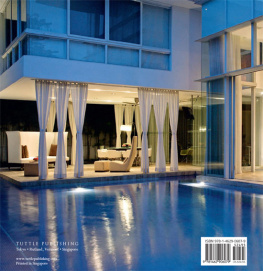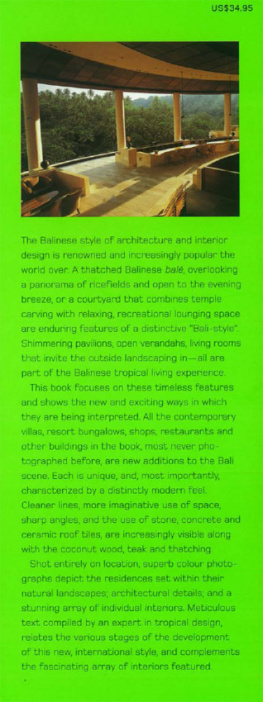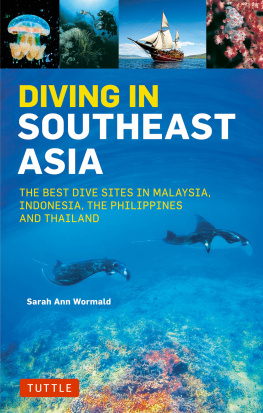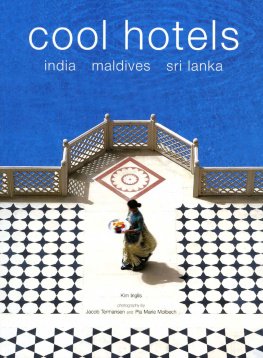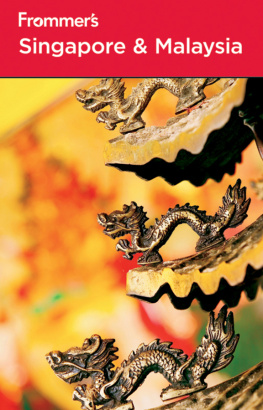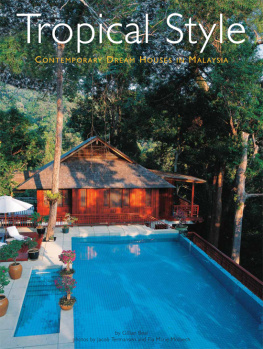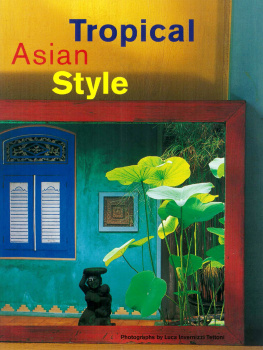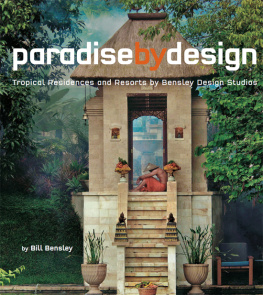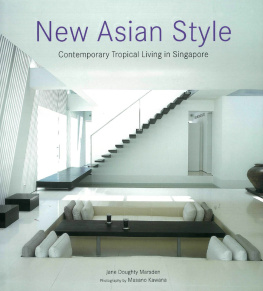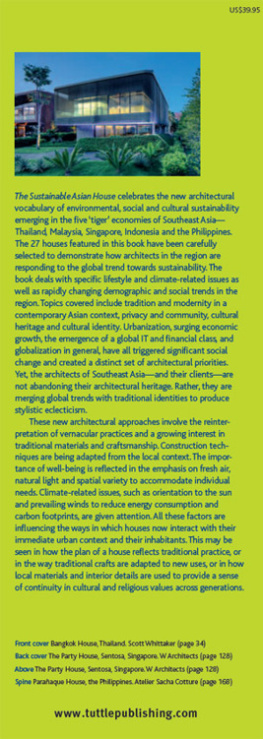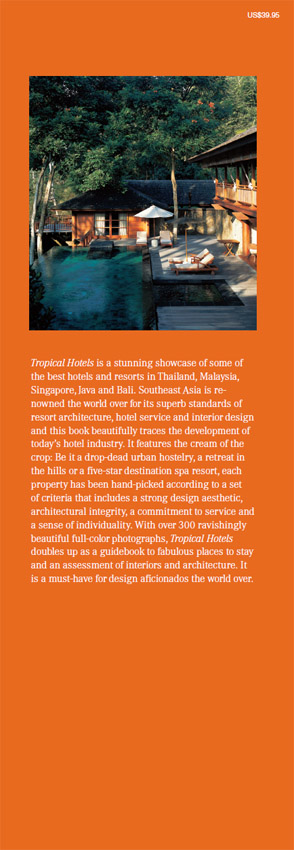Fire and water: dramatic poolscape at a residence at Como Shambhala Estate outside Ubud, Bali.
A Sojourn in the Tropics
Southeast Asia has long been renowned for its hospitality industry. Even though its a clich, the East has always attracted and intrigued the West, and Westerners have long flocked to Asias shores. Seeking the Other, the exotic, a fortune or a fiver, Asia has received themwith charm, fortitude and tolerance.
The opulent hotels of Empire, mostly built at the end of the 19th century and the beginning of the 20th, were renowned the world over. In colonial times, Europeans and Americans traveled leisurely by ship or train, and stayed months or at least weeks in these establishments, be it in Bangkok, Bombay or Singapore. Every major Asian city had their Raffles, Oriental or Peninsulapseudo classical edifices where the luxury of the accommodations was accompanied by food that reminded the guest of home and a standard of service that was extremely grand. It was every traveler of means desire to stay in one on a trip out East.
Attracting all types, from royalty and dignitaries to socialites, authors and adventurers, they represented a world that, sadly, is dead and gone. It was World War II that finally put an end to this bygone era, with its balls, its scandals and its social and racial pretensions. Yet many of the buildings remained. Today, some have been restored, renovated and re-opened as hotels; we even include a few in this book.
The next wave of travelers was of a very different nature: after the austerity of the post-war 50s, people began to venture farther afield again, but this time in camper vans, on cheap tickets or by hitch-hiking. Their aim was a beach in Goa, an ashram or monastery in Thailand, or an island in Indonesia, for free love, plenty of pot and pseudo-spiritual goals. These travelers couldnt have been more different in aim, attire or attitude than their counterparts 50 years earlier. Yet, once again, Asians opened their doors, this time offering simple accommodations in homestays or houses, taking their guests erratic behaviour in their stride.

The pool at the Legian in Seminyak, Bali is situated very close (some say too close) to the sea. Optically, it often seems joined with the roaring waves.
Somehow, in the decades between these hippies, shoestring backpackers and todays travelers, there arose yet another level of hospitality. The humble hostelries of the past gave rise to a new type of Asian hotel, of a character that hadnt been seen before. For the most part, we look at this genre in this book.
Generally, such hotels place architecture, interior dcor, furniture and furnishings on a par with exceptionally high standards of service and drop-dead gorgeous locales. Attracting those very same 60s sun-seekers (now grown up and sporting credit cards instead of guitars) along with culture vultures and spa aficionados, the aim is a lifestyle experience rather than a hotel room. Eastern magicsoul soothing, ego- and back-massaging, salubrious surroundsare required and, nearly always, delivered.
A beach in Bali? A retreat in the hills in Thailand? A volcano-clad Javan hillside home? A city-state hub? There are locations and styles to tantalize every traveler. Some utilize vernacular building traditions and materials in their design, while others rely on the beauty and serenity of site. All, however, harness the innate grace of the local populations. Showcasing their culture and traditions is an integral part of the package. After all, a gentle Oriental smile that lights up the whole face goes a long way towards guest satisfaction.
Today, however, customers are demanding a bit more than a sweet smile. They want greater sophistication, better facilities, more entertainment. Hotels that cut the mustard are thrusting upstarts, tech savvy, cutting-edge design wise, snappy on the service, and more often than not intelligent and stylish too. Architecturally, some are very modernthink stark (or Starck?), cubist white boxes set against a glittering blue sea for examplewhile others appear more traditional, maybe even housing modern interiors behind an old facade. The flat plasma TV screens, wireless internet access and other mod-cons are heavily disguised behind a veneer of the vernacular. Whatever the style, however, the message is clear.



